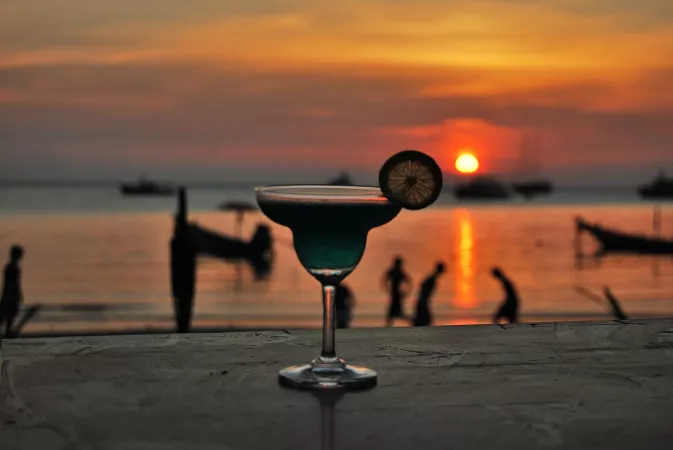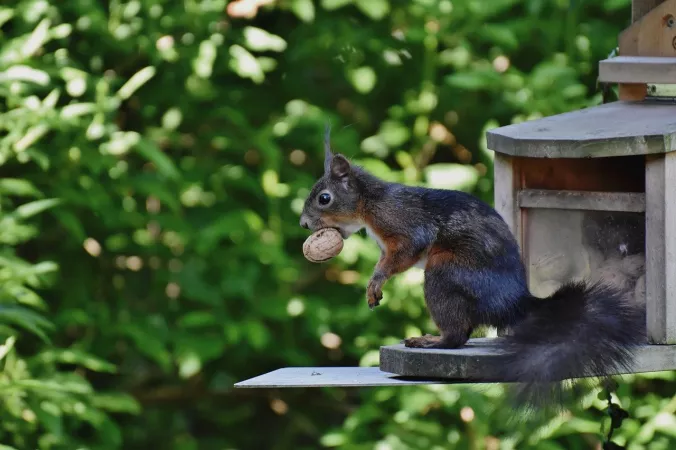
Kuala Kangsar Travel Guide
Kuala Kangsar, located in Malaysia, is a historic town known for its rich cultural heritage, stunning architecture, and picturesque landscapes. As the royal town of Perak, Kuala Kangsar holds significant historical importance and is home to several iconic landmarks. The town is famous for its royal palaces, traditional Malay wooden houses, and beautiful mosques, making it a popular destination for history enthusiasts and cultural explorers alike.Top Attractions in Kuala Kangsar
1. Istana Iskandariah 2. Ubudiah Mosque 3. Sultan Azlan Shah Gallery 4. Royal Museum 5. Labu Sayong Cultural VillageKuala Kangsar is Famous for
Its royal heritage and exquisite architecture.Top Attractions in Kuala Kangsar
- Istana Iskandariah - Ubudiah Mosque - Sultan Azlan Shah Gallery - Royal Museum - Labu Sayong Cultural VillageWhat's Great about Travelling to Kuala Kangsar?
- Rich cultural heritage - Stunning architecture - Peaceful and serene environmentWhat's Not So Great about Travelling to Kuala Kangsar?
- Limited nightlife options - Limited shopping opportunitiesTravel Tips for Kuala Kangsar
- Check visa requirements before traveling - Opt for local transportation options - Respect local customs and traditionsImportant Kuala Kangsar trip information
- Ideal Duration: 2-3 days
- Best Time to Visit: November to February
- Nearby Airports and Railway Stations: Sultan Azlan Shah Airport, Kuala Kangsar Railway Station
Per Person
24,900
*EXCLUDING APPLICABLE TAXES 4.9 Ratings
( 362 Reviews )
( 362 Reviews )
Total
44,999
*EXCLUDING APPLICABLE TAXES 5.0 Ratings
( 80 Reviews )
( 80 Reviews )
Total
29,999
*EXCLUDING APPLICABLE TAXES 5.0 Ratings
( 23 Reviews )
( 23 Reviews )
Per Person
34,990
*EXCLUDING APPLICABLE TAXES 4.8 Ratings
( 60 Reviews )
( 60 Reviews )
Per Person
24,900
*EXCLUDING APPLICABLE TAXES 4.9 Ratings
( 362 Reviews )
( 362 Reviews )
Per Person
38,500
*EXCLUDING APPLICABLE TAXES 5.0 Ratings
( 34 Reviews )
( 34 Reviews )
FAQ's on Kuala Kangsar
Q1: What is the best time to visit Kuala Kangsar?
The best time to visit Kuala Kangsar is during the dry season, which typically falls between December and February. During this period, the weather is cooler and more pleasant for exploring the city's attractions. Additionally, important cultural events and festivals often take place during this time, providing a unique experience for visitors.
Q2: Do I need a visa to travel to Kuala Kangsar?
Most tourists traveling to Kuala Kangsar do not need a visa for stays of up to 90 days. However, it is essential to check with the Malaysian embassy or consulate in your country to confirm the specific visa requirements based on your nationality. Some exceptions may apply, so it's advisable to have a valid passport with at least six months of validity.
Q3: What are the must-visit attractions in Kuala Kangsar?
Kuala Kangsar boasts several must-visit attractions, including the iconic Ubudiah Mosque, the Royal Museum of Perak, and the majestic Sultan Azlan Shah Gallery. Visitors should also explore the beautiful Istana Kenangan, the historic Labu Sayong Cultural Village, and the serene Kuala Kangsar Riverfront. Nature lovers can enjoy the scenic beauty of Bukit Chandan, while history enthusiasts can delve into the past at the Sultan Shah Gallery and the Royal Mausoleum.
Q4: Is Kuala Kangsar a safe place to travel?
Kuala Kangsar is generally considered a safe destination for travelers. However, like any other city, it is advisable to take standard precautions such as safeguarding your belongings, avoiding isolated areas at night, and being cautious in crowded places. It's recommended to stay informed about your surroundings and follow any local safety guidelines provided by authorities.
Q5: What is the local currency in Kuala Kangsar and can I use credit cards?
The local currency in Kuala Kangsar is the Malaysian Ringgit (MYR). ATMs are widely available in the city, making it convenient for visitors to withdraw cash. While major establishments and hotels accept credit cards, it's advisable to carry some cash for smaller vendors and markets. Inform your bank about your travel plans to avoid any issues with card transactions.
Q6: What is the local cuisine like in Kuala Kangsar?
The local cuisine in Kuala Kangsar offers a delightful blend of Malay, Chinese, and Indian flavors. Must-try dishes include Nasi Kandar, a flavorful rice dish with various curries, and Laksa, a spicy noodle soup. Satay, Roti Canai, and Cendol are popular street food options that tantalize the taste buds. Visitors with dietary restrictions can find vegetarian and halal options easily available. Exploring the local markets and food stalls is a great way to experience the diverse culinary scene in Kuala Kangsar.
Q7: What transportation options are available in Kuala Kangsar?
Kuala Kangsar offers various transportation options for visitors, including taxis, local buses, and rental services. Taxis are readily available for short distances, while buses are a budget-friendly way to navigate the city and its surroundings. Car rentals provide flexibility for exploring nearby attractions such as the beautiful Cameron Highlands or the lively city of Ipoh. Additionally, cycling and walking are great ways to immerse yourself in the local culture and discover hidden gems around Kuala Kangsar.
Q8: Are there any cultural norms or etiquette I should be aware of when visiting Kuala Kangsar?
When visiting Kuala Kangsar, it's essential to respect local customs and traditions. Modest attire is recommended when visiting religious sites or interacting with locals. It is polite to remove your shoes before entering someone's home or a place of worship. When dining, remember to use your right hand for eating and passing items, as the left hand is considered unclean. Greeting people with a smile and a slight bow is a sign of respect. Understanding and appreciating the local culture will enhance your travel experience in Kuala Kangsar.
Q9: I am a travel agent. How can I buy travel leads of Kuala Kangsar?
Register yourself as a travel agent at agents.tripclap.com and then you can buy travel leads to Kuala Kangsar once your account is approved. For more details contact our support team at +91-8069186564 or support@tripclap.com












